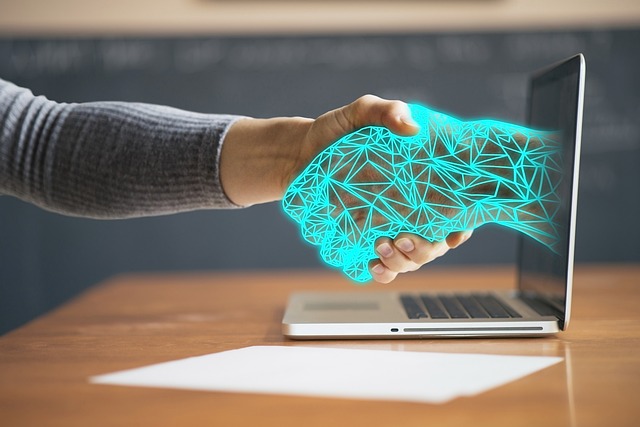In the future era of smart homes, it will not be uncommon to get a robot to make household chores easier.
However, frustration can set in when these automated assistants fail to perform simple tasks. Andi Peng, an academic from MIT’s Department of Electrical Engineering and Computer Science, and her team are developing a way to improve the learning curve of robots.
Peng and his interdisciplinary research team developed a human-robot interactive framework .
The salient feature of this system is its ability to generate counterfactual narratives that identify the changes required for the robot to successfully perform a task.
For example, when a robot has trouble recognizing a specially painted mug, the system presents alternative situations in which the robot would be successful, perhaps if the mug were a more common color.
These counterfactual explanations, combined with human feedback, facilitate the process of generating new data for fine-tuning the robot.
“Fine-tuning is the process of optimizing an existing machine learning model that is already proficient at one task to enable it to perform a second, similar task,” Peng explains.
A Leap in Efficiency and Performance

When put to the test, the system showed impressive results. Robots trained with this method demonstrated rapid learning abilities while reducing the time commitment of human teachers.
If successfully implemented on a larger scale, this innovative framework could help robots quickly adapt to new environments and minimize the need for users to have advanced technical knowledge.
This technology could be the key to unlocking general-purpose robots that can efficiently assist elderly or disabled individuals.
“The ultimate goal is to empower a robot to learn and operate at a human-like abstract level,” says Peng.
Revolutionary Robot Training

The primary obstacle in robotic learning is ‘deployment drift’, a term used to describe the situation where a robot encounters objects or spaces to which it has not been exposed during the training period.
To solve this problem, researchers applied a method known as ‘imitation learning’. But it had its limitations.
“Imagine having to demonstrate with 30,000 cups for a robot to pick up any cup. Instead, I prefer to demonstrate with just one cup and teach the robot to understand that it can pick up a cup of any color,” says Peng.
In response, the team’s system determines which features of the object are essential to the task (like the shape of a cup) and which are not (like the color of the cup).
Armed with this information, synthetic data optimizes the robot’s learning process by replacing “non-essential” visual elements.
Connecting Human Reasoning to Robotic Logic

To measure the effectiveness of this framework, the researchers conducted a test involving human users.
Participants were asked whether counterfactual descriptions of the system improved their understanding of the robot’s task performance.
“We found that humans are innately skilled at this type of counterfactual reasoning. It is this counterfactual element that allows us to seamlessly translate human reasoning into robotic logic,” Peng says.
During multiple simulations, the robot consistently learned faster with its approach, outperformed other techniques, and required fewer demonstrations from users.
Going forward, the team plans to apply this framework to real robots and reduce the time to generate data through manufacturing.
machine learning models. This groundbreaking approach has the potential to transform the robot learning trajectory, paving the way for a future where robots coexist harmoniously in our daily lives.